
Toni Morrison is one of the most prolific writers that our nation has ever known. The Nobel laureate, who in 1993 became the first African-American woman to win the Nobel Prize in Literature, has forever transformed the literary sphere. Morrison’s body of work is robust—authoring 11 novels in addition to non-fiction works, children’s books, short stories and plays—but her influence is unquantifiable.
Through her life and works, Toni Morrison, née Chloe Wofford, has left an indelible mark on the world. With that, one may wonder, ‘How did Toni Morrison come to conceive and execute her novels, essays and the like?’ While, admittedly, there is no conclusive answer to this question, a new exhibition at Princeton University, “Toni Morrison: Sites of Memory,” hopes to guide audiences along a path, such that they develop their own answers, while gleaning insights into Morrision’s writing practice.
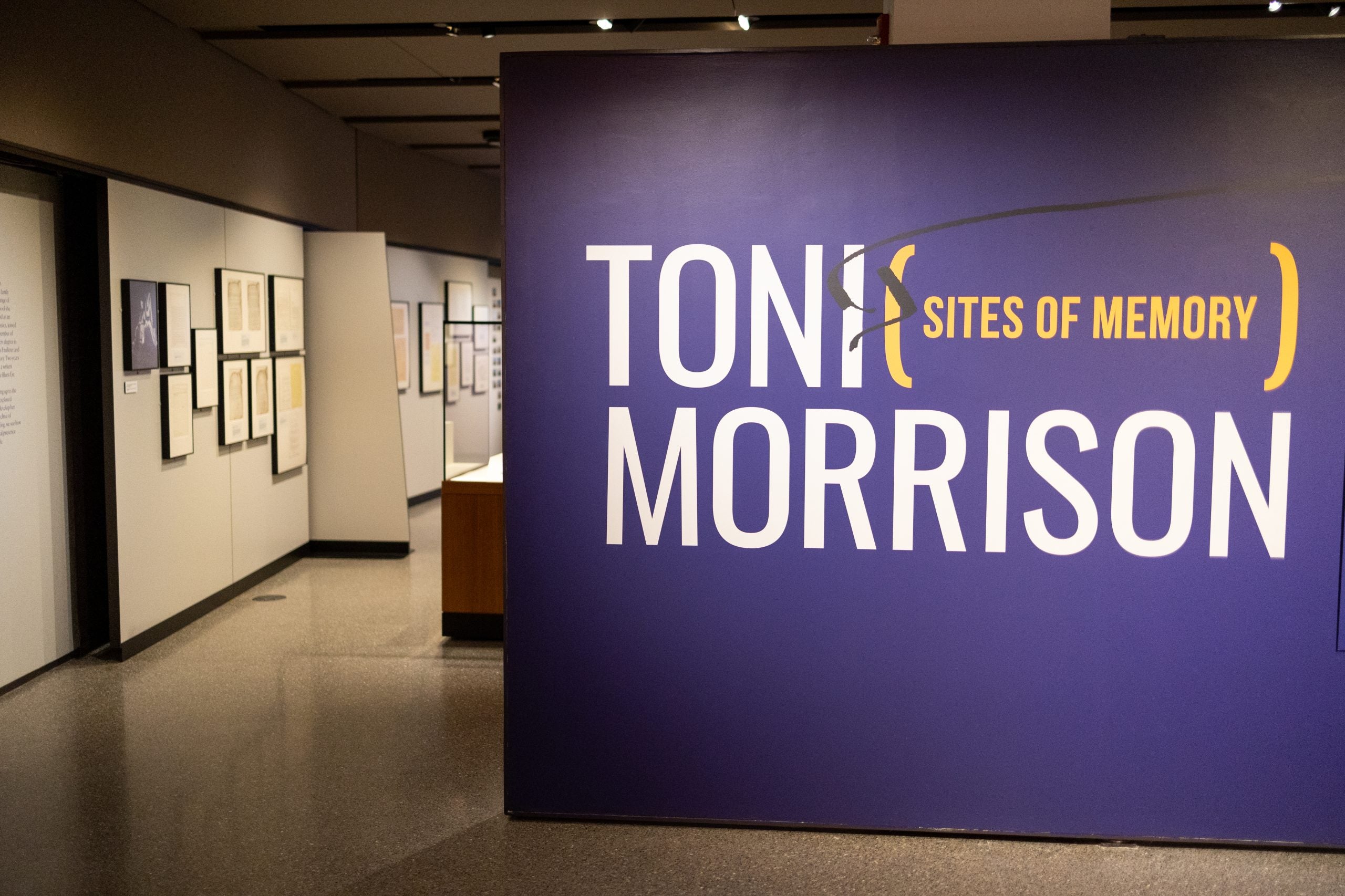
“There was an entire creative life that precedes, and was necessary to, Toni Morrison the novelist,” says Autumn Womack, the “Sites of Memory” lead curator. Womack—who is also an Associate Professor of African American Studies and English at Princeton—worked in concert with a team to bring this ambitious undertaking to life. In 2014, Princeton acquired 200 linear feet of Morrison’s personal drafts, correspondence and photographs, and in 2016 the University announced that it would release the Toni Morrison Papers—content from which “Sites of Memory” is drawn. The curatorial group, which included library staff and graduate students, parsed through nearly 400 boxes of materials, and after three years the exhibit is to welcome the world.
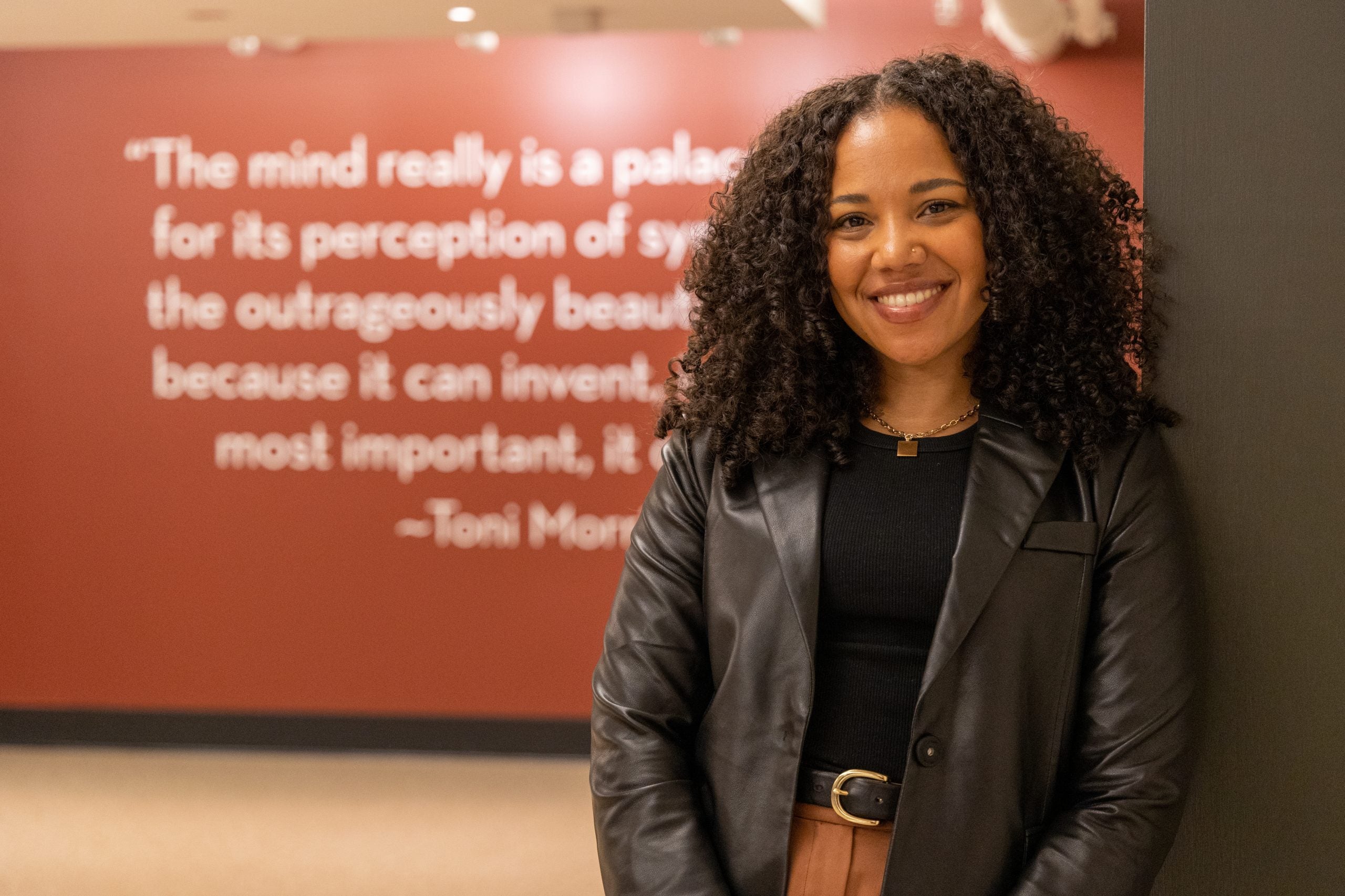
Named after Morrison’s 1986 essay, “The Site of Memory” the Princeton University Library exhibition is divided into six “sites.” Beginnings, which is Morrison’s origin story of sorts, focusing on life before her first novel, “The Bluest Eye,” was published in 1970. Writing Time explores how often and when Morrison wrote (particularly as a full-time editor at Random House and a mother of two). Thereness-ness, examines how Morrison literally created worlds through sketchings and maps of key places in her novels. Wonderings & Wanderings, includes Black newspapers, advertisements and early 20th century subway maps. Genealogies of Black Feminism, reflects the meaning of Black feminism to Morrison and demonstrates the author’s sisterhood with other Black women through their correspondence. And lastly, Speculative Futures, investigates Morrison’s unfinished works.
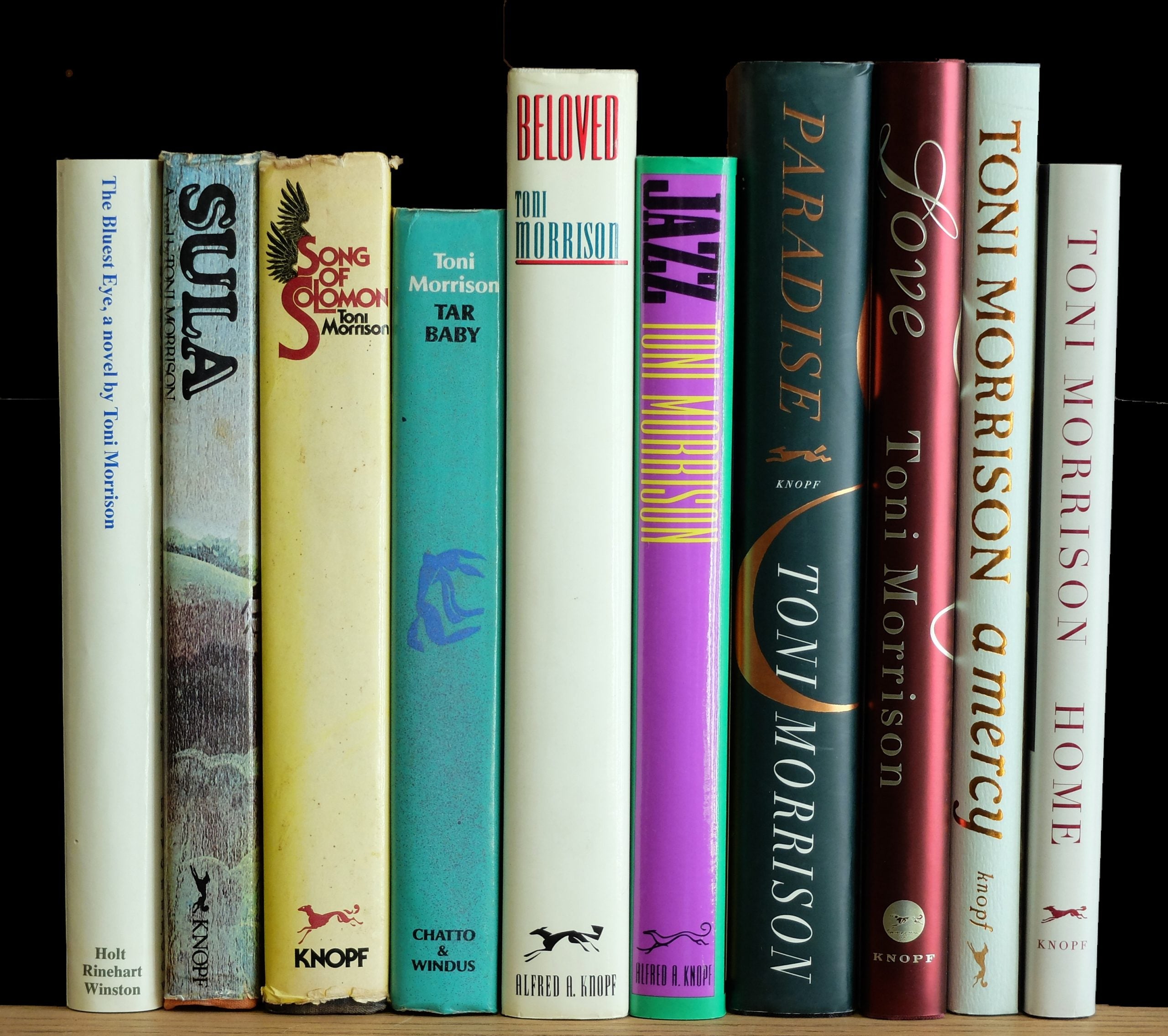
Walking through Beginnings was particularly striking because it contextualizes the entire exhibition. This “site” creates a foreground, giving the audience an opportunity to learn of the varied experiences that shaped Morrision into the literary giant who the world would understand her to be. The Presidential Medal of Freedom recipient was creatively inclined from her youth— in high school she served as the editor of the school’s newspaper and as a student at Howard University was a member of theater organization, the Howard Players. Photos and letters animate these moments. They are endearing.
As is the site Genealogies of Black Feminism, which focuses on the centrality of Black feminism in Morrison’s creative process. The section is filled with correspondence to-and-from Black women like Nina Simone and author Toni Cade Bambara. While Morrison’s connection to and affinity for Black feminism is well-known, what is particularly meaningful is that the author “co-thinks with other Black women,” as Womack describes it. There is a shared experience and their conversations are integral to Morrison’s creative work—they support each other. In a 1995 letter on display from Nina Simone, the iconic singer signs-off, “Love you forever in the name of Lorraine Hansberry, -Nina Simone.”
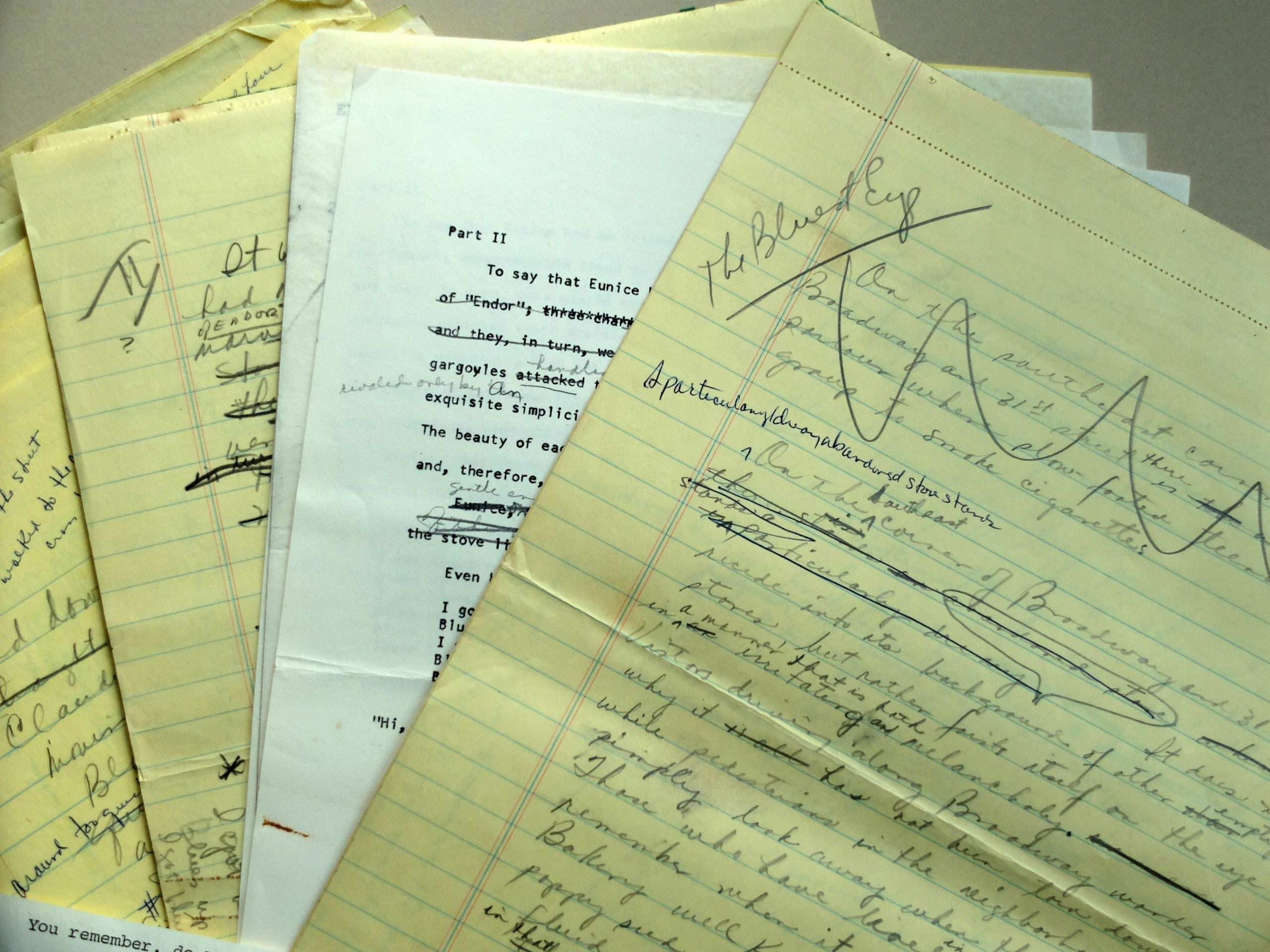
Womack, who has extensively studied Morrison’s work, was surprised by the author’s attention to geography and her accuracy in creating imagined places. The site Thereness-ness features meticulously hand-drawn maps from the novel “Paradise,” as well as a house sketch from “Beloved” and a map of Vesper county (a town in Morrison’s novel “Jazz”), among other images. “I was really, really struck by that careful, precise attention to geography and the hand drawn maps and really the creative need to imagine on the page these spaces before you could then populate them,” Womack tells ESSENCE. The “Beloved” author created worlds in her novels—these visual diagrams existed before the characters (and their storylines) emerged. “Space and place are how people understand their relationship to each other,” says the Assistant Professor.
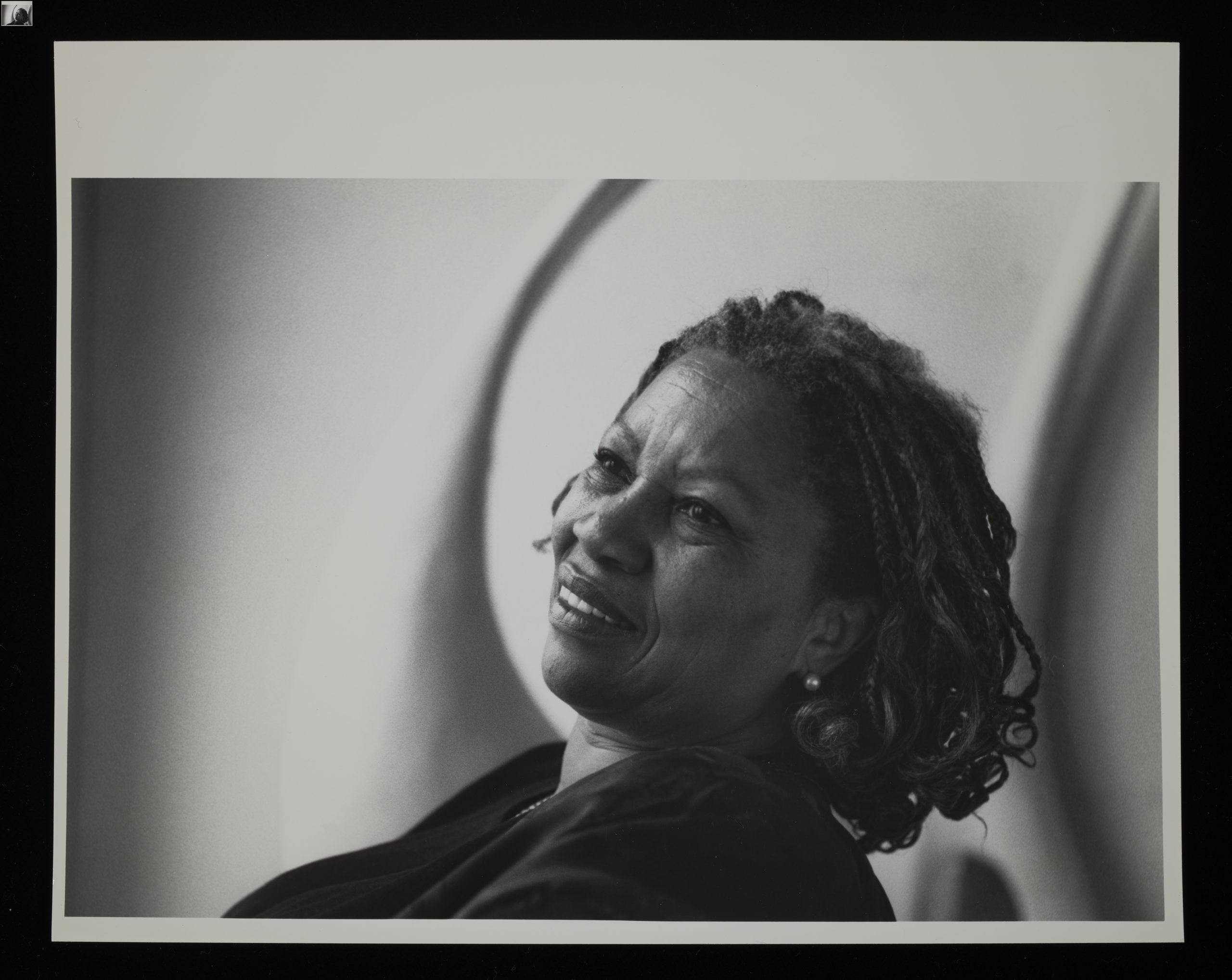
Toni Morrison was a masterful literary artist, to whom words poured on a page like brush strokes to a canvas. With its focus on Morrison’s technique and process, “Sites of Memory” emphasizes Morrison as a creative being. But the author was also revolutionary in her work.
The former Princeton professor notably spoke out about why she chose to center Black characters and existence in her literary works. Additionally, Morrison refused to pander to the white gaze. While Womack believes that audiences do understand Morrison as a “deeply artistic thinker and writer,” the lead curator tells ESSENCE that there is a danger that comes when a Black creator’s work is only understood as political, or ideological. In this way, the Princeton University exhibition also punctuates Morrison’s multifaceted nature.
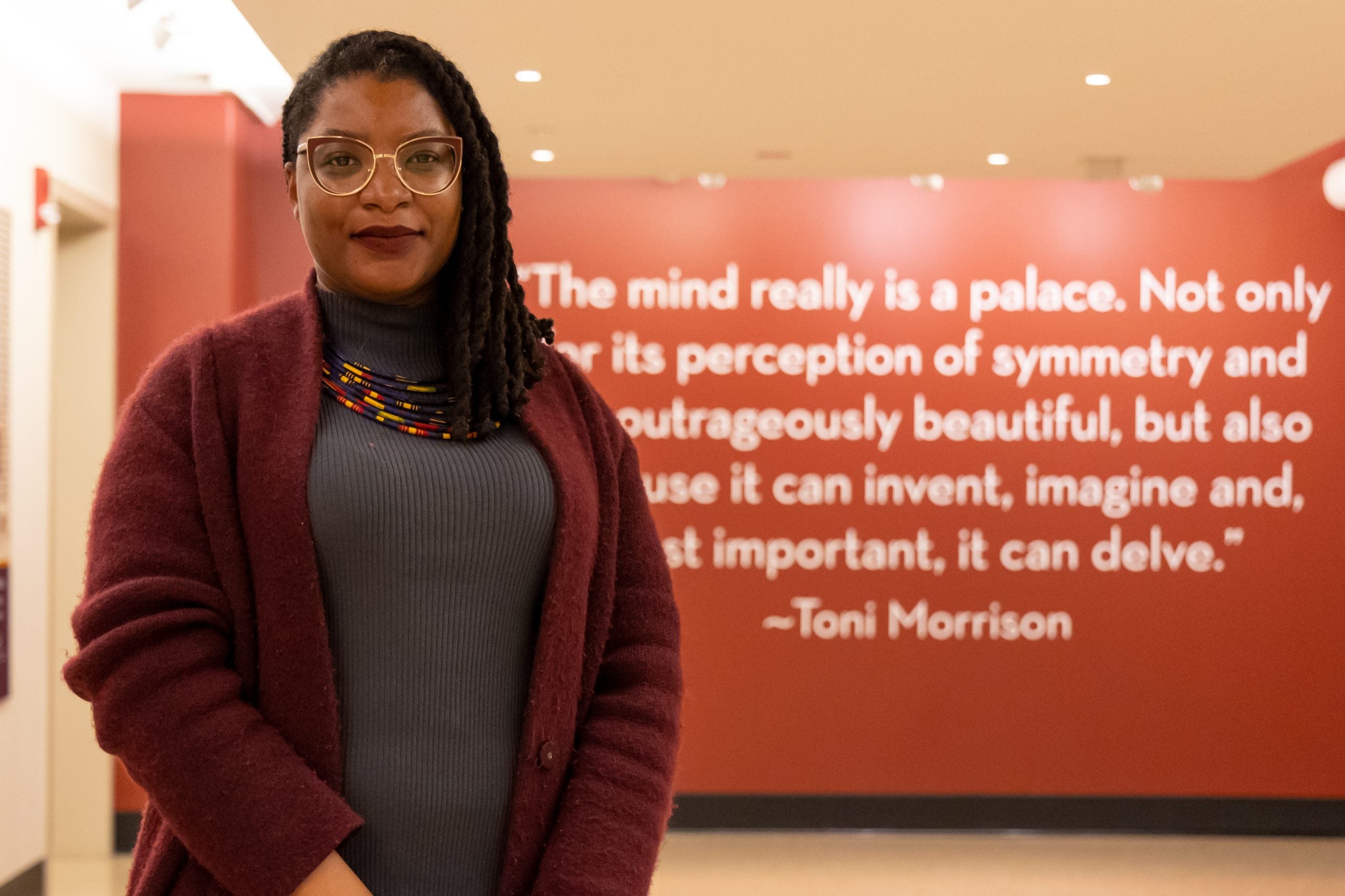
“Toni Morrison: Sites of Memory,” is an homage to the late Pulitzer Prize-winner, but also a walking meditation. The walls act as an altar—the writings, scripts, maps, drafts, letters and photos are thoughtfully placed assemblages that carry Morrison’s spirit. The author’s mellifluous voice, though subtle, echoes throughout the exhibition space, as an edited interview of Morrison at Boston College plays on repeat. Morrison’s essence fills the space. “Sites of Memory” recreates Toni Morrison’s creative world, and existing in her universe is almost ethereal—it is as though the audience is with the departed ancestor. Morrison and her writing process are awe-inspiring. At the very least, exhibition-goers will leave with a better understanding of how the literary genius innovated.
Reflecting on how she hopes audiences receive her curatorial undertaking, Womack says, “I hope they leave with a deep, deep appreciation of how important practice and process was to her. I hope it inspires people to be patient with their own process and practice. It’s certainly something that I learned.”
“Toni Morrison: Sites of Memory” is free to the public and on display at Princeton University’s Firestone Library from Feb. 22 through Jun 4, 2023.
